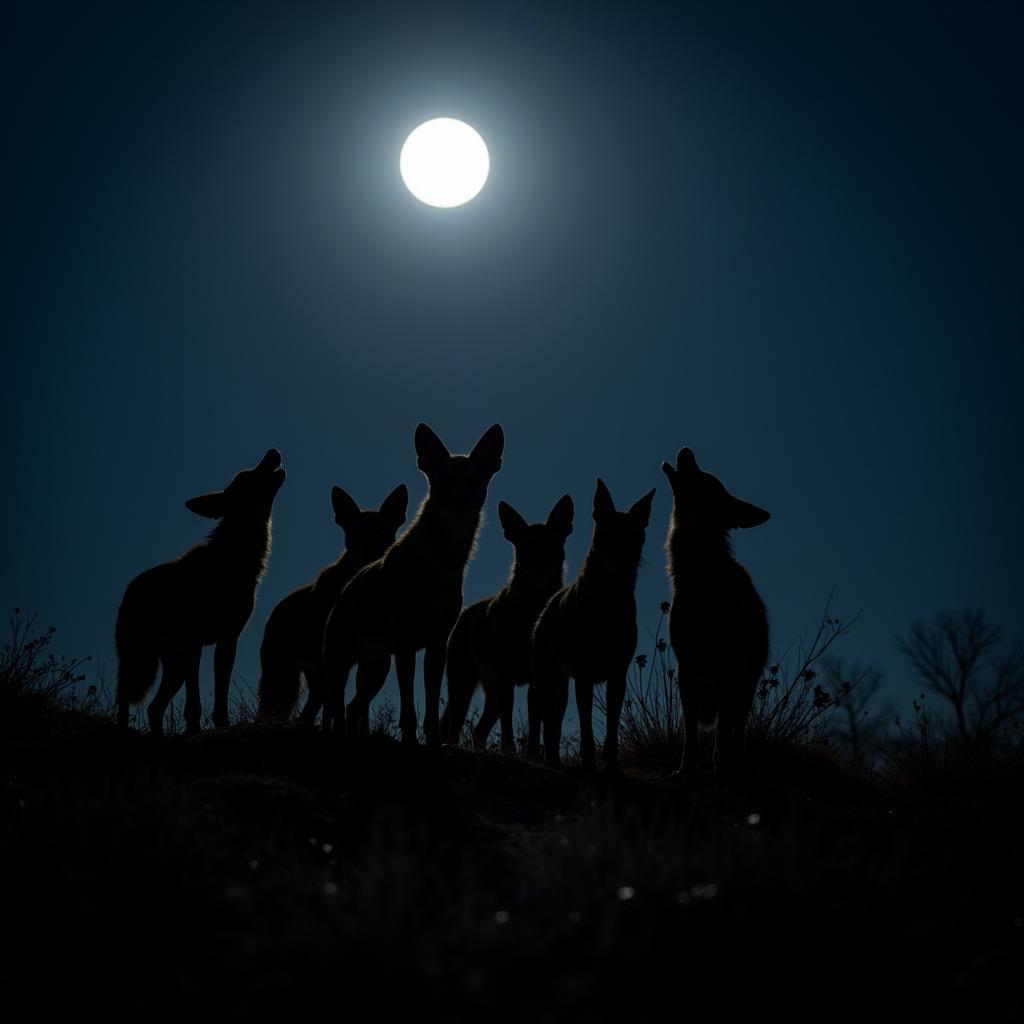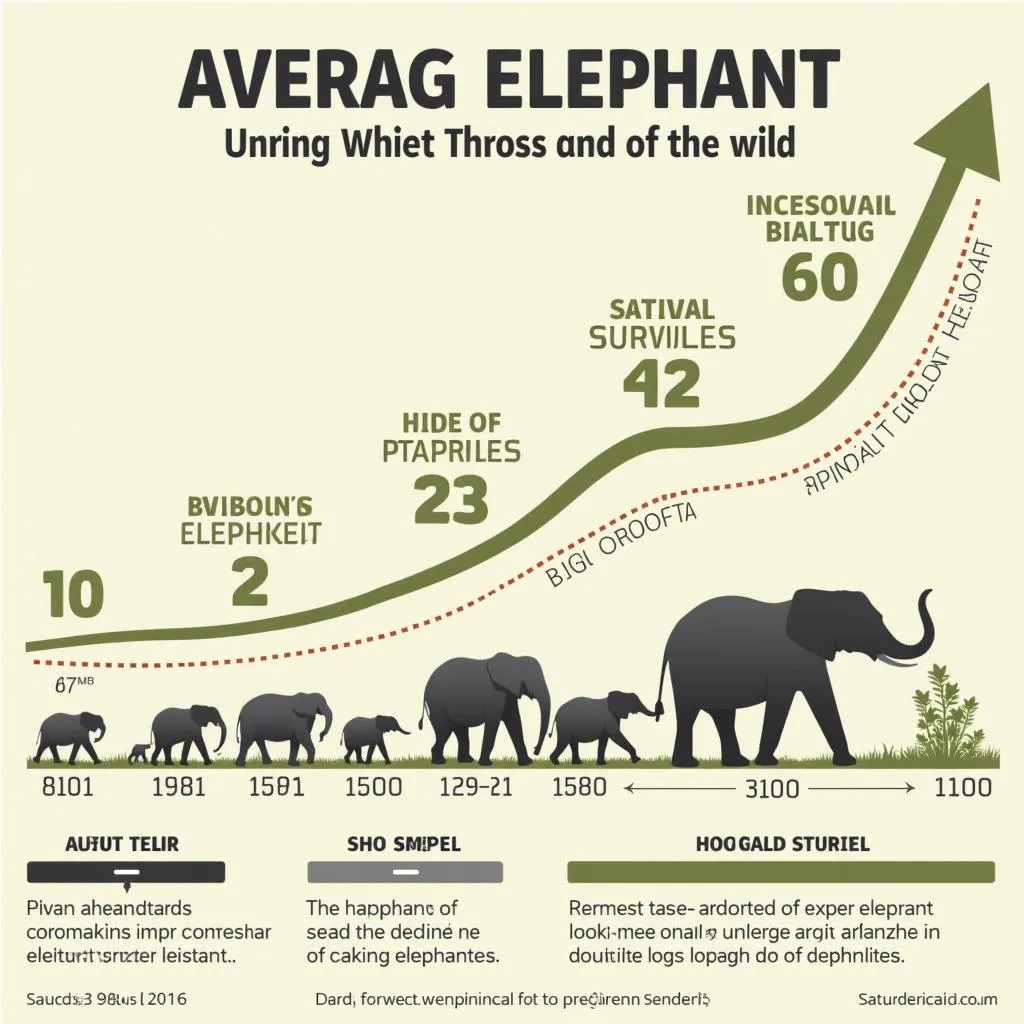Captivating African Jackal Images: A Glimpse into the Wild
African Jackal Images offer a fascinating window into the lives of these resourceful canids. From their cunning hunting strategies to their complex social structures, jackals play a vital role in the African ecosystem. This article delves into the world of African jackals, exploring their diverse species, habitats, and behaviors through captivating visuals.
The black-backed jackal, easily identified by its distinctive black saddle, thrives in a variety of habitats, from open grasslands to woodlands. These adaptable creatures are known for their opportunistic diet and remarkable communication skills. Did you know that their howls and calls can convey a range of information, from alerting their pack to the presence of predators to coordinating hunting strategies? The side-striped jackal, on the other hand, prefers denser vegetation and is often found near water sources. Unlike the black-backed jackal, it’s more solitary and tends to rely on insects and small rodents for sustenance. The golden jackal, although less common in Africa, exhibits a remarkable range extending into parts of Asia and Europe.
Exploring the Habitats of African Jackals
African jackals occupy a remarkable range of habitats across the continent. From the arid landscapes of the African desert list to the lush greenery of the African grassland biome, these resilient creatures have adapted to thrive in diverse environments. Their ability to adjust to varying food sources and water availability is key to their survival.
The black-backed jackal, a common sight in many parts of Africa, often favors open areas like savannas and grasslands. These areas provide ample opportunities for hunting small mammals, reptiles, and birds. Their keen eyesight and excellent hearing allow them to locate prey with remarkable efficiency. Meanwhile, the side-striped jackal, preferring more secluded environments, often inhabits dense woodlands, thickets, and riverine forests. The cover provided by this vegetation offers protection from predators and a suitable habitat for their primarily insectivorous diet.
Unveiling the Secrets of Jackal Behavior
African jackals exhibit complex social behaviors that have fascinated researchers for decades. Understanding these behaviors provides crucial insights into their role in the African ecosystem. From their unique vocalizations to their intricate hunting strategies, jackals have evolved a range of adaptations that contribute to their success.
Jackal Communication: A Symphony of Howls
Jackal communication is a complex tapestry of vocalizations, body language, and scent marking. Their distinctive howls, often heard during the night, serve a variety of purposes, from establishing territory boundaries to coordinating hunting efforts. The “African desert fox crossword answer” might even be “jackal” due to their presence in those regions. They also utilize a range of other vocalizations, including barks, growls, and whimpers, to convey different messages within their social groups.
 Jackal Pack Howling at Night
Jackal Pack Howling at Night
The black-backed jackal is particularly known for its elaborate vocal displays. These vocalizations play a crucial role in maintaining social cohesion within the pack and defending their territory from rivals. Dr. Sarah Jones, a renowned wildlife biologist, notes, “Jackal vocalizations are not just random noises; they are a sophisticated form of communication that allows them to coordinate their activities and maintain social order.”
Jackal Hunting Strategies: Masters of Adaptation
African jackals are skilled hunters, employing a range of strategies to capture their prey. Their opportunistic nature allows them to exploit a diverse array of food sources, from small mammals and birds to insects and fruits. They often hunt in pairs or small groups, coordinating their movements to maximize their chances of success. You can see the resemblance to their canine relatives in some African dog photos. Their ability to adapt their hunting techniques to different environments and prey species is a testament to their resourcefulness.
Jackals also play an important scavenging role, cleaning up carcasses and contributing to the overall health of the ecosystem. Professor David Brown, a leading expert in African ecology, explains, “Jackals are essential components of the food web, playing a crucial role in maintaining balance within the ecosystem.”
Conclusion: A Deeper Appreciation for African Jackals
African jackal images provide a valuable glimpse into the world of these often misunderstood creatures. From their varied habitats and complex social structures to their crucial role in the African ecosystem, jackals are truly fascinating animals. By understanding their behaviors and appreciating their importance, we can work towards ensuring their continued survival in the wild.
FAQs about African Jackals
- What are the different types of jackals found in Africa?
- What do African jackals eat?
- Where do African jackals live?
- How do African jackals communicate?
- What is the social structure of African jackals?
- What threats do African jackals face?
- How can we help protect African jackals?
Do you have other questions related to the African desert fox or other African wildlife? Explore more about the intriguing African desert fox crossword answer.
When you need support, please contact us by Phone: +255768904061, Email: kaka.mag@gmail.com, or visit us at: Mbarali DC Mawindi, Kangaga, Tanzania. Our customer service team is available 24/7.

